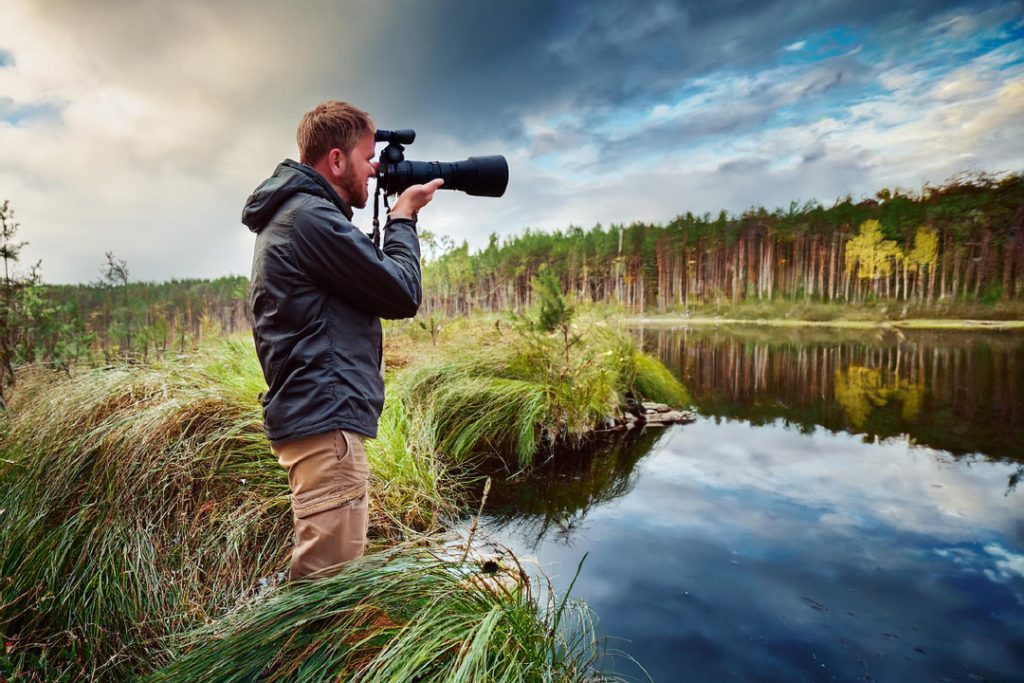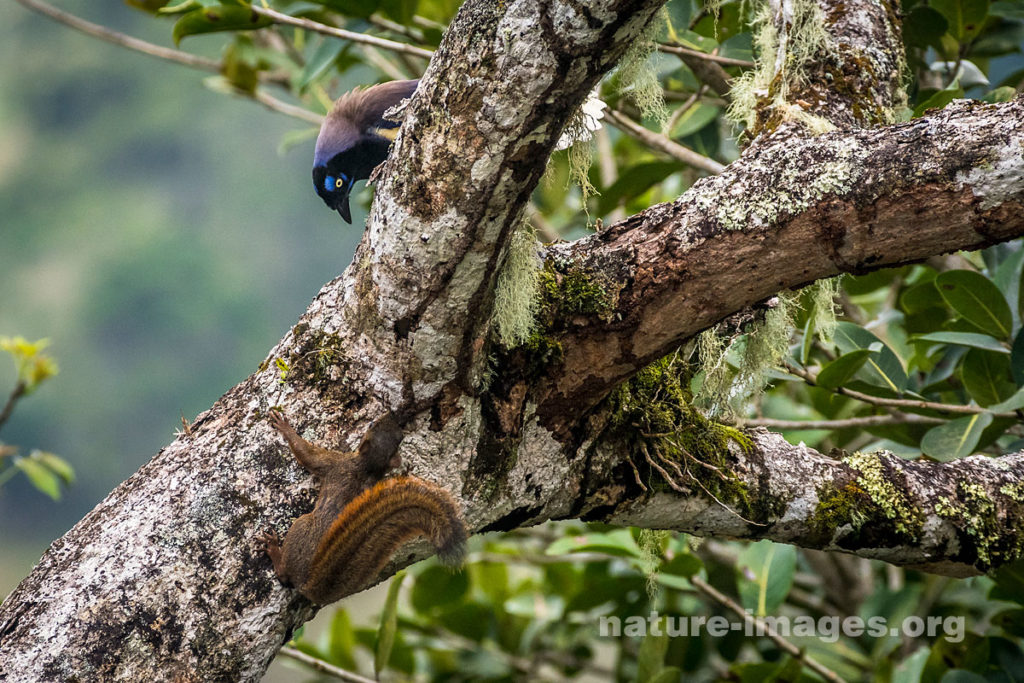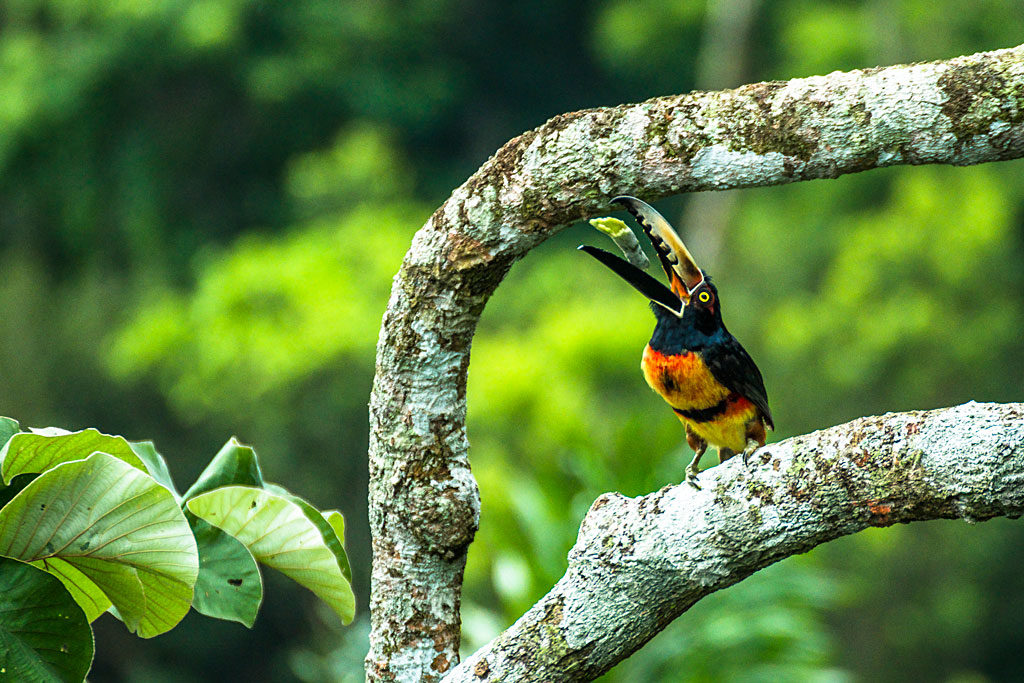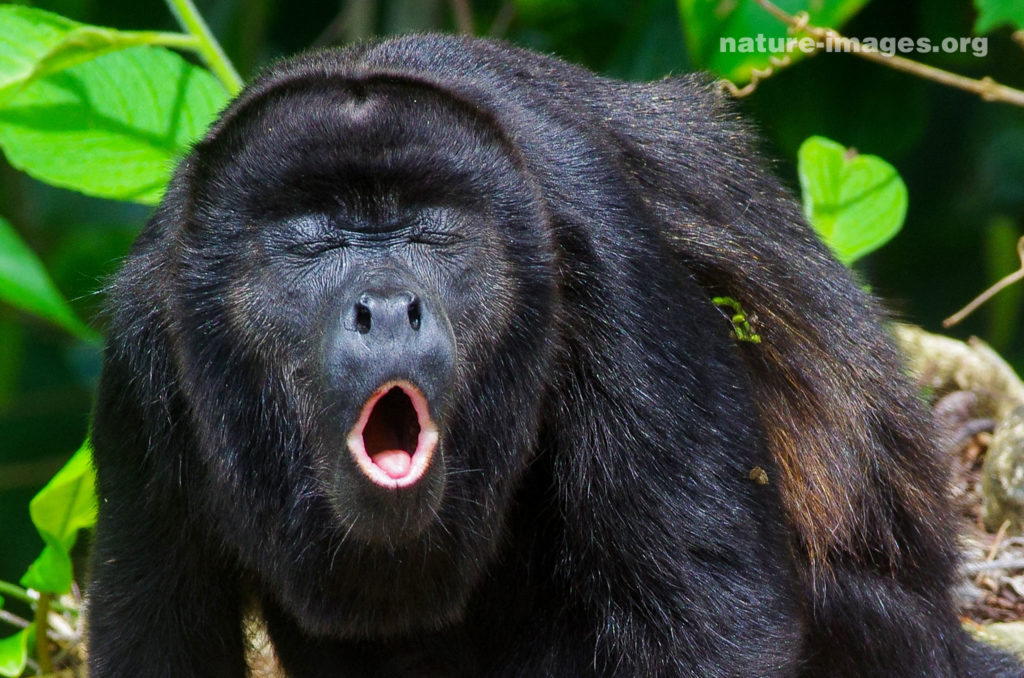Mastering Wildlife Photography
Snapping pics of creatures in their natural homes ain’t just about knowing your way around a camera. It’s also about using the right tools to get close enough to them without throwing them off their groove or putting anyone in harm’s way.
Tools for Animal Capturing
For those of us aiming to bring the wild world into focus, the right gear is a must. Stuff like live traps and cage traps are the bread and butter in our kit, each with its perks and pitfalls. Let’s dive into the nitty-gritty of these options.
Live Traps and Cage Traps
Live traps and cage traps top the charts as safe and sound methods for pinning down wildlife without causing them harm. They’re perfect for catching and relocating animals, all while keeping things low-key so everyone stays calm and collected.
How Live Traps Work:
These traps are basically cages with a door that springs shut when the critter goes for the bait. This setup lets us see who’s inside, making it easy to let non-target animals skedaddle if needed. It’s super important to keep an eye on these traps, reducing stress and getting animals out pronto.
Advantages and Disadvantages:
| Pros | Cons |
|---|---|
| Kind to critters | Might catch the wrong guy |
| Safe moves to new digs | Could leave animals out in bad weather |
| Low stress if we’re on the ball | Needs regular checks to keep them comfy |
To ace the use of live traps, it’s all about picking the right size for the animal in question, placing them smartly, and using food that they can’t resist. Let’s keep it ethical and stay true to protecting wildlife.
And if you’re all about honing those camera skills—whether you’re zooming in on birds or getting up close with bugs—you might wanna check out these reads: wildlife photography techniques, bird photography settings, and macro photography of insects.
choices.
Knowing how to capture animals thoughtfully means we can take awesome wildlife shots while keeping everything ethical. Check out our guide on creative nature photography ideas to take your skills up a notch.
Ethical Considerations in Animal Capture
Taking photos of wild critters comes with its own set of moral dilemmas. You see, to snap pictures of animals in their habitat, we sometimes rely on traps to bring them into focus, all while keeping things safe and humane. Knowing the ins and outs of the gear we use and the footprint we leave on animal welfare is a must for anyone diving into nature photography.
Foothold Traps Overview
Foothold traps, or leg-hold traps, are often used to manage wildlife issues. These traps clamp around an animal’s leg with spring-loaded jaws. They’ve proven handy for controlling wildlife problems, but boy, they sure raise a red flag on the ethical front.
Many countries have given the boot to these traps because they can stress out and injure the critters too much. In the U.S., each state has its own rulebook, some limiting the jaw sizes to lessen the blow (Mixlab). It’s smart for photographers to know the local laws and explore other capturing techniques that won’t leave the animals worse for wear.
| Parameters | Details |
|---|---|
| Legal Status | Banned in many places; limited use in particular U.S. states |
| Primary Use | Managing wildlife issues |
| Ethical Concerns | Causes stress and harm |
If you’re up for being kinder, check out non-lethal options like live traps.
Stress Management during Capture
When grabbing snapshots of animals, stress is not just a buzzkill, it’s a real issue. If critters get too tense, they might end up with capture myopathy—a serious stress-induced condition. Keeping their stress in check is crucial for their health while they’re in our care.
Live traps and box traps are the go-to humane choices over the foothold ones. These traps, like cage traps and box traps, let us reel in the animals safely and turn them loose later without injury (Covenant Wildlife). Picking the right trap size and style for the critter in mind is key to keeping them calm.
| Trapping Method | Stress Level | Safety | Notes |
|---|---|---|---|
| Foothold Traps | High | Low | Risk of high stress and injury |
| Live Traps (Cages) | Low | High | Good for safe catch and release |
| Box Traps | Low | High | Ideal for small to medium creatures |
To reduce stress, check those traps frequently to free the little guys promptly, avoiding leaving them high and dry without food or leading them to stress injuries (Mixlab). Always use the right bait and tactics that suit the species you’re aiming to photograph.
If bugs are your interest, try macro photography of insects, which often eliminates the need for traps, letting you dodge ethical minefields altogether.
Enhancing Wildlife Photography
Post-Processing Techniques
In wildlife photography, post-processing isn’t just helpful, it’s a game-changer. It’s where the real magic happens, allowing photographers to bring out the drama and wonder in each picture. Imagine you’re tuning a guitar: each tweak and turn during editing can elevate an image to sing with its own melody. Playing with both broad and pinpoint edits helps you reveal your artistic flair, letting your vision shine through (Photzy).
A handy trick up every photographer’s sleeve is using the Adjustment Brush or dabbling with Liquefy for those on-point tweaks to nip distractions in the bud. It helps keep the main act—your subject—in the limelight. Here’s a handy guide on what you might want to consider during editing:
| What You’re Tweakin’ | Why It Matters |
|---|---|
| General Edits | Brighten up those colors, work those contrasts, and get the lighting just right. |
| Spot Checks | Hone in on specific bits to nail the details. |
| Clean-Up Squad | Swipe away distractions and let viewers lock onto your subject. |
| Details Matters | Sharpen up so the subject pops right off the page. |
When prepping your masterpiece for the online world, nail the basics: pick the right color settings, add just enough sharpness to keep things crisp, and do some crafty tweaks to ensure your photos look fab on every social platform (Visual Wilderness).
Jump right into more meaty advice in our article on wildlife photography techniques.
Importance of Storytelling
Let’s face it, in nature photography, storytelling is like the secret sauce. Snapping an image isn’t just about getting picture-perfect clarity; it’s about the story that image whispers to the viewer. Through your lens, emotions bubble to the surface, behavior is spotlighted, and audiences are hooked on a level that tugs at the heartstrings.
So, what makes a story worth telling in a frame?
- Choosing The Protagonist: Seek out characters (your wild subjects) that inherently carry a tale or a little bit of magic.
- Setting The Scene: Settle each element to back the plot.
- Adding Flavor: Toss in elements that shout where and how your subject thrives.
- Capturing Feels: Zoom in on those moments that spark a little something in the viewer’s gut.
Storytelling is what lifts an image from mere documentation to something that pulses with life. Whether capturing tender moments between creatures or the vastness of nature’s beauty, it’s the story that transforms a snapshot into a powerful narrative. Nail these skills, and you’ll have people hanging on every freeze-frame of the wilderness you capture.
Feeling inspired? Check out our article on creative nature photography ideas.
Enhance your wildlife photography game by mastering those nifty post-processing moves and telling yourself a good story while you’re at it. Your photos aren’t just pictures; they’re experiences, waiting to pull someone into that moment.
Essential Gear for Nature Photography
For both budding and veteran nature photographers, having the right equipment can really make a difference. Let’s talk about some must-have gear that’ll take your nature photos up a notch.
Lens Selection Guide
Picking the perfect lens can change everything about your pictures. Here’s the scoop on different lenses and when to use them:
| Lens Type | Description | Best For |
|---|---|---|
| Wide-Angle Lens (24-70mm) | Great all-rounder for different shots | Snapping landscapes (Zach Nichols Photography) |
| Prime Lens (50mm) | Top-notch quality, ideal for portraits | Works in a bunch of situations (Zach Nichols Photography) |
| Telephoto Lens | Perfect for getting up close from afar | Wildlife snapping (Photography Life) |
| Macro Lens | Shows off tiny details up close | Capturing insect wonders |
| Teleconverters | Adds extra reach to your lenses | Pulls in far-off subjects (Photography Life) |
Choosing a lens is like picking pizza toppings; it really depends on what you’re craving. Need more tips on settings and techniques? Check out wildlife photography techniques and bird photography settings.
Tripods and Extension Tubes
When shooting nature, keeping your camera still and versatile is crucial. That’s why tripods and extension tubes should be in your bag.
Tripods
Tripods keep your camera rock steady, especially in low light or when you need a long exposure. If you want super crisp images, tripods are your best friend. Check these out:
| Tripod Model | Features | Best For |
|---|---|---|
| K&F Concept 68″ Carbon Fiber Camera Tripod | Light, easy on the wallet, and reliable | Everyday shooting |
| Peak Design Travel Tripod | Small, easy to carry, and solid | For your adventures (Zach Nichols Photography) |
For more nifty ideas, peep at our creative nature photography ideas.
Extension Tubes
These little guys are life-savers. They let you turn just about any lens into a macro lens without dropping serious cash on new gear (Zach Nichols Photography).
Pop on an extension tube for some amazing close-up shots. Curious? Dive into more with our macro photography of insects.
By snagging the right equipment and mastering their uses, our nature photography skills go through the roof. Whether figuring out lens magic or ensuring rock-solid shots with a tripod, these trusty tools will have us snapping nature’s beauty like pros.
Patience in Nature Photography
Patience is like your secret weapon if you’re out there aiming to catch nature in its purest form. Let’s chat about the art of hanging tight and the tricks photographers use to get good at it.
Value of Waiting
So, why twiddle those thumbs in nature photography? Simple. Waiting often transforms a so-so pic into something frame-worthy. Allowing a scene to unravel naturally can lead to some incredible snaps. The folks over at Digital Photography School say that just chilling and waiting might reward you with unexpected beauties. It’s all worth it.
When you’ve got patience, you catch those surprise elements like sudden light changes or a rainbow peeking out. These surprises turn good photos into great stories with deep vibes. For the wildlife gang, patience is crucial. Animals aren’t big fans of us hanging around, which means being ready to get comfy for a while in less-than-ideal conditions. According to Photography Life, kicking back and absorbing the wild is half the fun, making the wait itself part of the adventure.
Techniques to Cultivate Patience
Being patient isn’t always easy, but you can totally work on it. Here’s how photographers get in the patience zone:
Mindfulness and Meditation
Practicing mindfulness or meditation keeps you in the now, helping you chill and stay sharp, even when hours start to drag.
Breathing Exercises
Breathe in peace, breathe out impatience. Concentrating on your breathing can help you break free from clock-watching and stay mellow.
Quiet Activities
While waiting for that picture-perfect moment, read a book or doodle a bit. It takes your mind off the clock.
Adaptation
Tweak your shooting style based on how much patience you’ve got. If waiting’s not your thing, maybe try active searching or quick shots. If you’re down to pause, take your time with those long, steady waits (Photography Life).
Here’s a quick look at some patience-boosting tips:
| Technique | Benefit |
|---|---|
| Mindfulness/Meditation | Increases focus and chillness |
| Breathing Exercises | Lowers impatience and stress |
| Quiet Activities | Distracts from ticking clocks |
| Adaptation | Aligns shooting style with patience level |
Master these tricks, and you’ll not only snap better pics but also feel more in tune with nature. For more cool photography tips, check out our wildlife photography techniques and creative nature photography ideas.
Using Light in Flower Photography
When we’re snapping pics of flowers, knowing how to mess with light can really bump our images up a notch. Let’s check out how light direction, quality, and color temperature can play into that, and throw in some nifty nature photography tips along the way.
Direction and Quality of Light
Where the light hits the flowers makes a big difference in how our photos turn out. Here’s the lowdown on three ways light can do its thing:
Front Light
This one shines straight at the flower, right in its face. While it gets every inch lit up, it can make the flower look kinda flat, not really what we’re going for if we want depth.
Side Light
Side light comes at an angle and gives photos a sort of 3D vibe. It’s great for showing off the details in petals and leaves, making the photo pop with depth.
Back Light
Backlighting shines from behind, giving flowers a glowing aura. It works wonders for flowers like tulips and poppies, especially when morning or evening light is included.
To handle different lighting situations:
- Midday Light: This is pretty harsh, causing reflection bling and dark shadows. Shift to a shaded spot or play around with black and white to balance things out (Visual Wilderness).
- Bright Overcast Light: Soft light from a thin cloud cover zaps those harsh highlights and deep shadows. It’s fantastic for highlighting details, especially with a post-rain flower glistening with raindrops (Visual Wilderness).
Impact of Color Temperature
The vibe and feel of our flower photos can change a lot depending on the color temperature. Here’s how different lighting affects things:
| Light Type | Color Temperature (K) | Effect on Photo |
|---|---|---|
| Sunrise/Sunset (Golden Hour) | 2000 – 3500 | Warm tones that bring out feelings of calm and romance. |
| Daylight | 5000 – 6500 | Keeps colors true and balanced. |
| Cloudy/Overcast | 6500 – 7500 | Cooler shades create a moodier feel. |
| Shade | 7500 – 9000 | Adds a chilly blue tint, perfect for adding depth. |
The type of light not only changes how a photo looks but also what it makes us feel. Golden hour warmth gives that soft, dreamy aura, while cooler tones on cloudy days might make us feel a tad introspective or calm.
Nailing that perfect flower shot means balancing the light and its effects just right. Curious for more tricks? Swing by our articles on macro photography of insects and creative nature photography ideas.
Please bookmark us now press ctrl+d and visit again soon for more fascinating nature images! Here some recommended links selected for you: The Best Books of the Month, Todays best Deals at Amazon, Best Sellers in Cell Phones & Accessories and last but not least the easy and great way to send a gift for the holidays: Amazon.com eGift Card (Instant Email or Text Delivery).
A selection of Nature images, wildlife, flora and landscape stock photos, to see many more images and to license our stock photos please see our complete collection of our wildlife, flora and landscape stock images here at Alamy.
Introducing our captivating photo book showcasing the mesmerizing flora and fauna of Panama! Dive into the vibrant world of biodiversity with stunning imagery capturing the essence of Panama’s natural wonders. From majestic birds to elusive wildlife and breathtaking landscapes, this book is a visual feast for nature enthusiasts.
Don’t miss your chance to own a piece of Panama’s natural heritage. Order your copy here at Amazon now and embark on a visual journey through the enchanting landscapes and fascinating wildlife of Panama!








